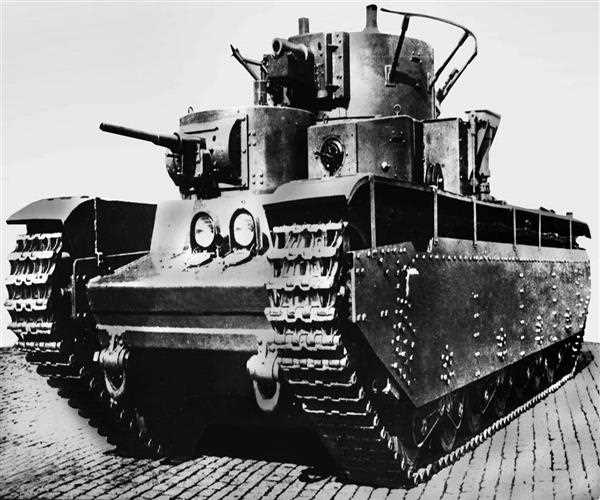During the Cold
War, modern tank doctrine and the general-purpose main battle tank rose to prominence. In the
twenty-first century, the tank remains the backbone of field combat operations. During
World War I, there was a surge in desire for armored self-propelled weapons that could traverse any terrain, which led to the development of the tank. The tank's progenitor, the armored car, had a major flaw in that it could only operate over smooth terrain, necessitating additional innovations for cross-country mobility.

The tank was created as a one-of-a-kind weapon to deal with an uncommon tactical situation: the
Western Front trench stalemate. 'It was a weapon with a single purpose: to cross the killing zone between trench lines and break into enemy territory.' The armored tank was designed to guard against bullets and shell splinters while also passing through barbed wire in a way that infantry forces couldn't, breaking the stalemate.
Leonardo da Vinci is frequently credited with inventing the tank-like
military machine. A Hussite named Jan ika won multiple battles in the
15th century by deploying armored carts with cannons that could be fired through holes in their sides. However, his invention was not employed until the
twentieth century after his death.